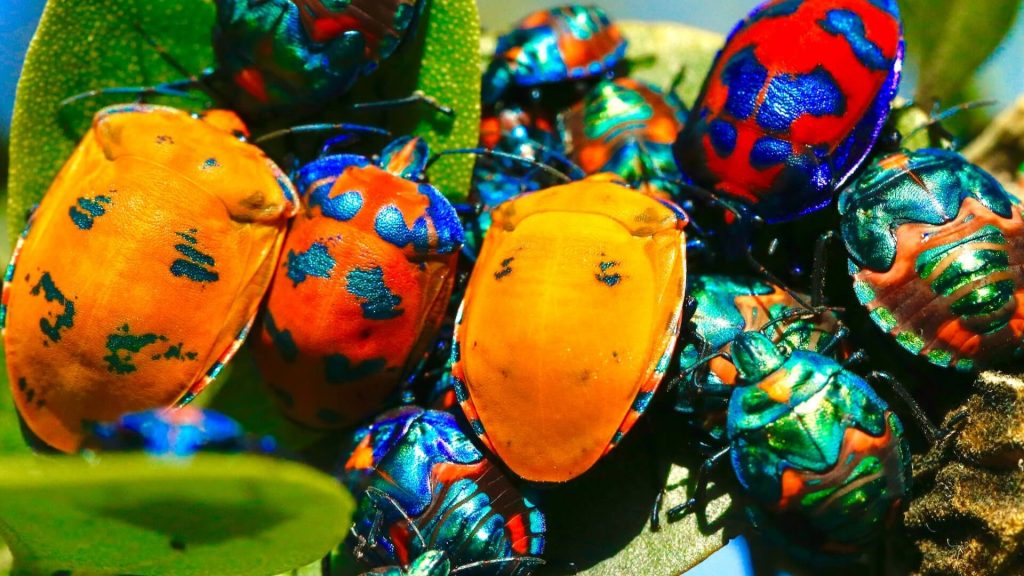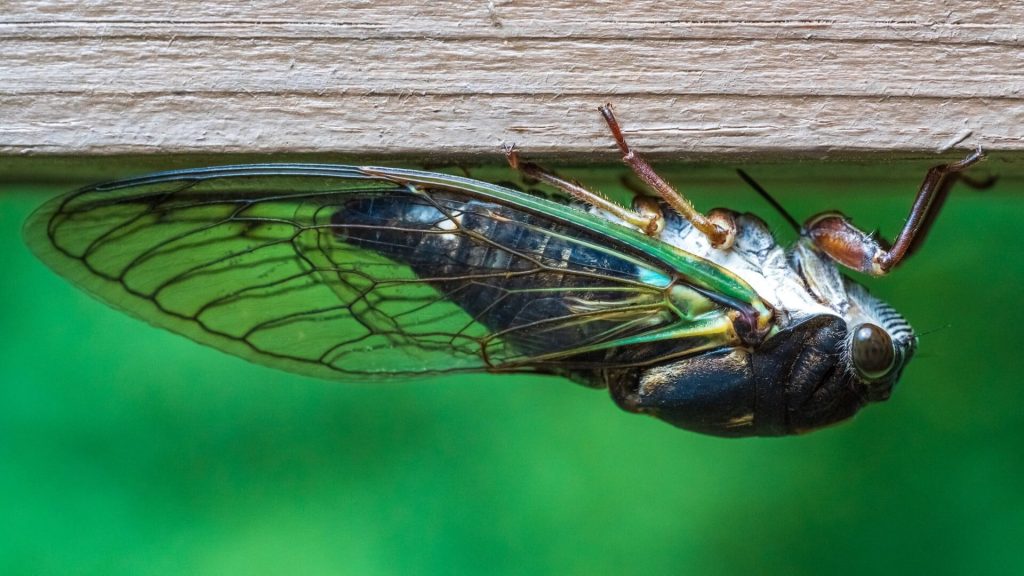The world of insects, often associated with the mundane and the insignificant, holds a hidden treasure trove of cultural significance, particularly in the diverse tapestry of Asian traditions. Far from being mere pests or insignificant creatures, insects have woven intricate threads of symbolism, medicinal value, and artistic inspiration into the fabric of hentai porn cultures, transcending the boundaries of practicality and aesthetics. Their presence speaks volumes about the deep-rooted respect and admiration that Asians have for these remarkable organisms, who have played a profound and enduring role in shaping their worldview and enriching their cultural heritage.
Insects have not merely been relegated to the sidelines of Asian culture; they have taken center stage, occupying a prominent position in the realms of medicine, spirituality, art, and language. Their transformative abilities, intricate beauty, and enigmatic nature have captured the imaginations of Asian artists, philosophers, and healers for centuries. From the medicinal properties of bee venom to the symbolic power of the cicada, from the artistic depictions of butterflies to the linguistic richness of insect-inspired words, insects have permeated the very essence of Asian culture, leaving an indelible mark on their traditions and beliefs.
A Realm of Healing

The use of insects in traditional Asian medicine dates back centuries, predating the advent of modern pharmaceuticals. This practice, rooted in empirical observations and passed down through generations, has demonstrated remarkable efficacy in treating a variety of ailments.
For centuries, humans have employed bee venom, derived from the stings of honeybees, as a therapeutic agent to relieve pain associated with arthritis and rheumatism. Bee venom’s anti-inflammatory properties effectively reduce inflammation and joint stiffness. Traditional healers have long recognized the nutritive and medicinal properties of silkworm pupae, the chrysalis stage of silkworms, effectively treating coughs and colds. Their high protein content and rich amino acid profile provide essential nutrients to support the immune system and combat respiratory infections.
Traditional Asian medicine utilizes insects to address a diverse spectrum of ailments, encompassing skin diseases, digestive disorders, and mental health issues. Each insect species possesses unique properties that have been harnessed for medicinal purposes.
Symbols of Auspiciousness

Insects have also played a significant role in the spiritual and philosophical traditions of Asia. Their symbolic representations reflect their perceived attributes, often embodying qualities such as longevity, good luck, and transformation.
In Chinese culture, the cicada, with its ability to emerge from its pupae and transform into an adult, is a symbol of longevity and renewal. Its cyclical life cycle represents the cyclical nature of life and death, a concept central to Chinese philosophy. The ladybug, with its bright red and black markings, is associated with good fortune and prosperity. Many cultures often welcome the presence of insects as a symbol of blessings and good fortune.
Other insects, such as the praying mantis and the silkworm, have also found their way into Asian symbolism. The praying mantis, with its forelegs folded in prayer-like fashion, is seen as a symbol of wisdom and insight. The silkworm, with its ability to produce silk, a material of immense value and beauty, represents creativity and transformation.
Inspiring Artistic Expression

Insects have also captivated the artistic imaginations of Asian cultures, inspiring a rich tradition of representation in art and literature. Artists have captured the intricate forms, vibrant colors, and unique behaviors of insects in paintings, sculptures, textiles, and ceramics, using them as motifs and symbols in their diverse artistic creations.
Chinese landscape painters have immortalized the delicate wings of butterflies and moths, adding a touch of ethereal beauty to their depictions of the natural world. Japanese woodblock prints have immortalized the industrious labor of ants, showcasing their unwavering work ethic and collective spirit.
In literature, insects have found their way into folktales, fables, and even more serious works of fiction. Humans have used insects as metaphors to represent a wide range of human qualities, including greed, ambition, and wisdom. Humans have long seen the transformation of caterpillars into butterflies as a powerful metaphor for personal growth and transformation.
Linguistic Legacies

The significance of insects extends even to the realm of language. Many Asian languages possess a rich vocabulary specifically dedicated to insects, reflecting their deep-rooted presence in the cultural consciousness. These words often carry symbolic meanings or hold cultural significance.
In Chinese, for example, the word for cicada, “chōng chéng,” literally translates to “long life to become,” emphasizing the insect’s association with longevity. Japanese people often describe a beautiful woman as a “cho cho” (butterfly), highlighting their association with femininity and grace.
Conclusion
The enduring significance of insects in Asian culture serves as a powerful reminder of their profound interconnectedness with human society. Their presence is not merely a coincidence or a matter of convenience; it is a testament to the intricate web of relationships that sustains life on Earth. As we move forward, it is crucial to recognize and appreciate the vital role that insects play in the delicate balance of our ecosystem. Their ability to pollinate crops, decompose organic matter, and control pests contributes significantly to human well-being.
By fostering a harmonious coexistence with these remarkable creatures, we can ensure the continued preservation of their beauty, their medicinal benefits, and their cultural significance. The symbiotic relationship between humans and insects is a testament to the interconnectedness of all living things, a reminder that our well-being is inextricably linked to the well-being of the natural world. As we strive towards a sustainable future, we must recognize the profound significance of insects in Asian culture and beyond, for it is through this deeper understanding and appreciation that we can foster a more harmonious relationship with these remarkable organisms and ensure the preservation of their vital role in our world.